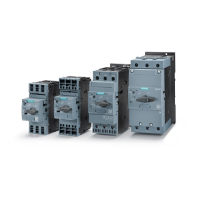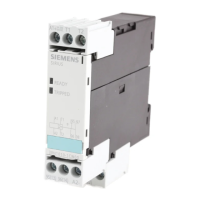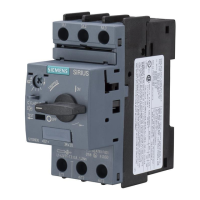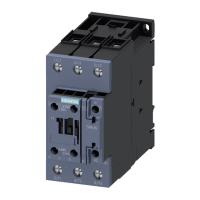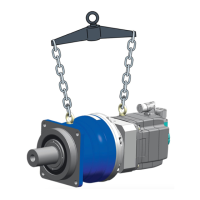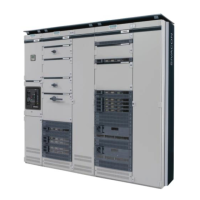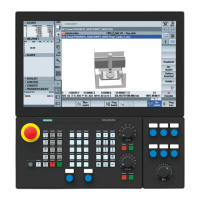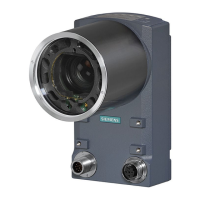SIRIUS 3RT2 contactors/contactor assemblies
2.1 Standards
SIRIUS Innovations
102 System Manual, 01/2011, A8E56203870002-03
Reference
The standards from Catalog LV 1 "Low-Voltage Controls and Distribution SIRIUS -
SENTRON - SIVACON" in the appendix always apply. You will find extracts from the most
important standards relating to the innovations of the SIRIUS modular system in the chapter
titled System Overview, under Standards (Page 23).
2.1.2 Protective separation
Definition
In order for the "protective separation" of circuits to be achieved, an individual fault must not
be able to trigger a voltage overspill from one circuit into another. The kinds of fault to be
taken into account include twisted or loose conductive parts, twisted solder pins, broken
winding wires, missing screws, or broken barriers within a device.
Protective separation for 3RT20 contactors and 3RH2 contactor relays
The term "protective separation" is used in relation to safety extra low voltage (SELV/PELV)
and functional extra low voltage (FELV). Protective separation reliably prevents a dangerous
contact voltage from spilling over to the voltage which has been protectively separated
(e.g. to a safety extra low voltage which is present or switched in the same device). If the
current paths of a contactor are operated at different voltages, "protective separation"
requirements must be met. With 3RT2 contactors and 3RH2 contactor relays, "protective
separation" is ensured up to a certain voltage.
Regulations
"Protective separation" between circuits within equipment is achieved by complying with the
basic requirements contained in standard IEC 61140
(replaces DIN VDE 0106 Part 101/IEC 536, among other standards).
Basic requirements include, for example:
● Double or reinforced insulation
● Electrically protective shielding
● Combination of double or reinforced insulation and electrically protective shielding
The insulation must be resistant to aging for the duration of the expected service life.
Circuits without a safety extra low voltage or a functional extra low voltage do not require
protective separation.
Reference
More information ... Can be found in the chapter titled ...
About "protective separation" Technical data (Page 228)

